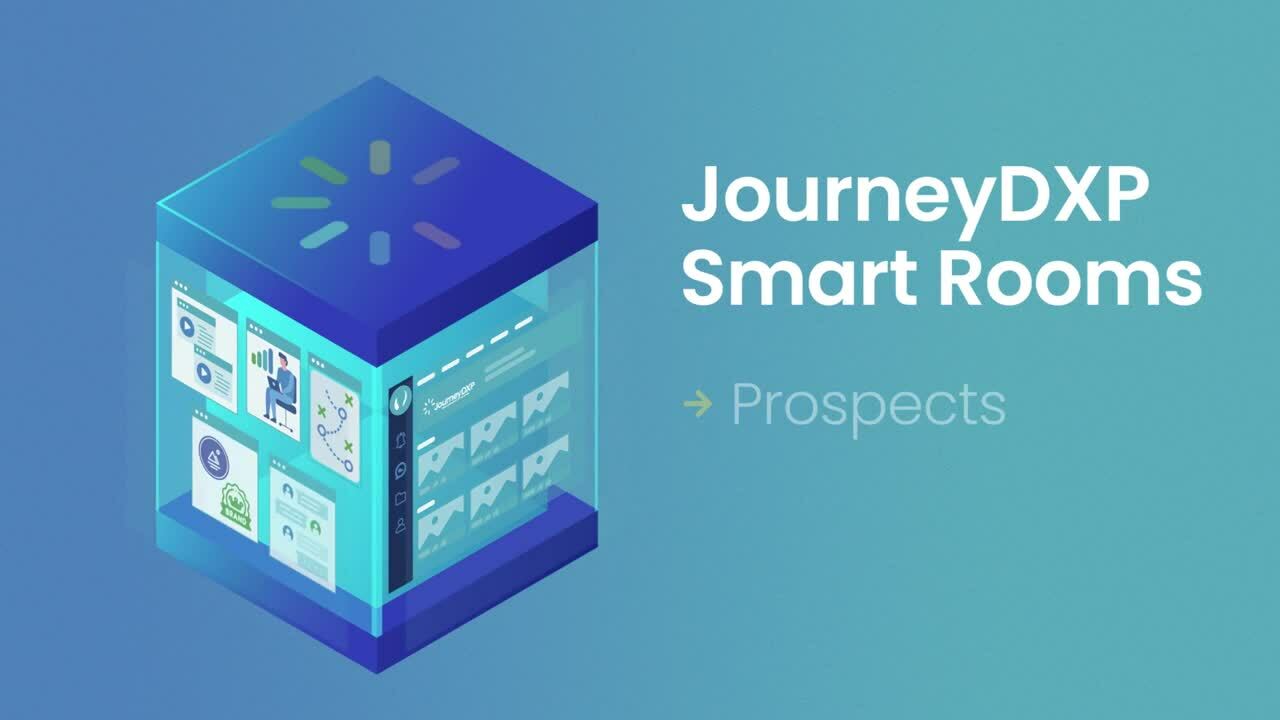In today’s B2B sales environment, the customer experience is everything. Buy-side professionals have been trained by their personal experiences to expect an Amazon- or Apple-like flow to purchasing something. Whether they know it or not, they expect everything to be orchestrated and facilitated. Humans expect seamless buying experiences. And that’s why it is so critical for B2B sales teams to craft customer experiences that only result in one thing: an inked deal.
Key to that goal… collaboration. It’s one of the seven key principles to mastering the B2B customer experience. It’s the action of working with a customer to close a deal. But it isn’t just the static buyer-to-customer relationship. It’s more dynamic than that.

Individual Collaboration
Individual collaboration is one of the most (if not the most) key components to shaping the customer experience. It’s where the relationship’s foundation is established and trust is built. From the sales rep’s side, it’s about being a resource; answering questions, educating. When that initial one-to-one collaboration is successful, an internal champion is born on the customer side. The account is now qualified. It’s one things to have a champion but we must also make it easy for our champion to build consensus internally.
Sales Team and Customer Team Collaboration
Now that the one-to-one collaboration has been established, it’s time for both sides to bring their friends. With multiple folks on each team, universal communication is key. But that’s actually difficult to achieve. A single sales rep has a phone call with single buyer. That buyer talks to their colleague. That colleague then has a discussion with someone else on the seller’s side. All of these communications are happening in silos—and that’s no good. A successful customer experience breaks down these walls, ensuring that everyone, on both sides, is on the same page. Everyone experiencing the same content and the same discussions is what fosters buy-side consensus. This many-to-many collaboration primes the customer experience for future parties as customer-side groups like legal and IT are then able to ramp up quickly.
Sales Team Collaboration
Internal collaboration is what powers our deal home. Without it, pipelines sag and stall. As we think about the customer experience, internal collaboration amongst the sales team is critical. Sales teams must be aligned, communicative and aware. We’re not saying everyone on sales needs to report on every email and every phone call. That’s a colossal waste of time and energy. Plus, there’s technology that can do that. What we are saying is that as much as the seller and buyer need to be on the same page, so to does everyone on the sales side. Sales Team are best aligned internally when they have one collective view of the customer’s digital body language. This aligns strategy and execution.
Customer Team Collaboration
We may look at the customer as one entity but they have various threads of decision making (i.e., legal, business, IT, operations) which ultimately lead to a go or no-go decision. By making this process easier for the customer, we increase our probability to close.
So when it comes to customer collaboration, they ultimately bear the responsibility but the seller has the ability to shape the experience. If you give your prospect the ability to reach consensus internally (and on their own), they’re going to like that. (Pro Tip: Your customer doesn’t want you around 24-7.) Creating a customer experience that facilitates interaction and engagement amongst different people on the customer side is key. Give them the ability to talk to each other and ask questions. Give them the platform to easily retrieve a previous conversation they weren’t originally a part of so that they can make decisions. Ultimately, make stupidly easy for them to build internal consensus.
POPULAR
Launching a Dynamic Digital-First Customer Experience
Growth will always be a top priority for B2B companies. If not, customers will inevitably outgrow your offering, and your company will become obsolete.
RELATED
Why The The First 120 Hours After A Deal Is Signed Mean Everything
You crafted a personalized customer experience. You orchestrated real collaboration. You ensured everyone stayed on the same page, no matter when they joined the process. Everyone’s on board. Everyone’s happy… you inked the deal. At...




